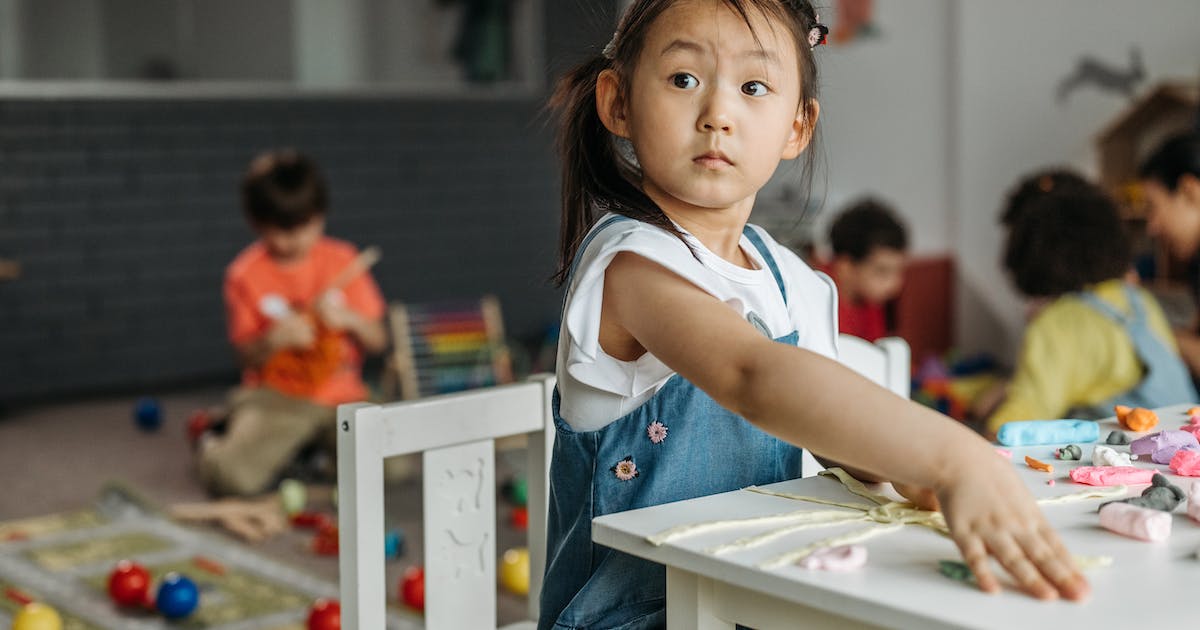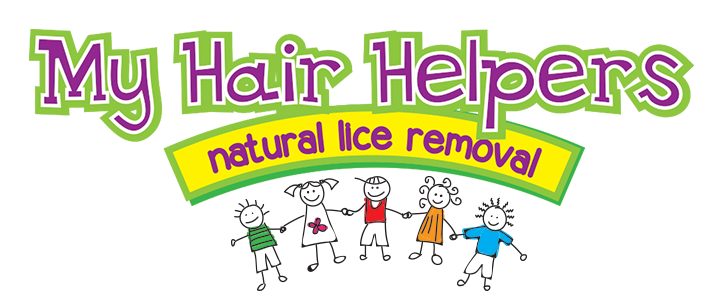Head lice have long been associated with stigma and misconceptions. Despite being a common occurrence – an estimated 6 to 12 million children get them each year – the mere mention of head lice often evokes feelings of embarrassment and shame. However, all this does is create more stress for individuals who are already dealing with head lice.
Let’s explore the reasons behind the stigma surrounding head lice and why it’s essential to debunk the myths and misconceptions associated with this common issue.
Historical and Cultural Perceptions
Throughout history, head lice have been associated with poor hygiene and uncleanliness. Cultural beliefs and norms surrounding personal hygiene have perpetuated the misconception that head lice are a result of dirty living conditions. However, head lice are common and can affect anyone, regardless of where they live or how much money they have. The only thing that lice need to start an infestation is hair.
Body lice, on the other hand, are most common in individuals who cannot bathe or wash their clothes regularly. In the U.S., body lice tend to show up most often in individuals experiencing homelessness. In other countries, body lice can also affect refugees and victims of war or natural disasters. Body lice are sometimes confused with head lice, but the two are different.
Fear of Contagion
Head lice are contagious and can spread easily through direct contact or by sharing personal items such as combs, hats and bedding. The fear of contagion often leads to panic and anxiety, further exacerbating the stigma associated with head lice.
Parents may also feel ashamed or embarrassed if their child contracts head lice, fearing judgment from others and the perception that their family is unclean or negligent in hygiene practices.
Lack of Education and Awareness
Despite being a common issue, there is a lack of education and awareness surrounding head lice, leading to misconceptions and misunderstandings. Many people believe that head lice only affect individuals from lower socio-economic backgrounds or those with poor hygiene habits, which is not the case.
Misinformation and myths about head lice perpetuate the stigma surrounding the condition, making it difficult for affected individuals to seek help and support without fear of judgment or ridicule.
Impact on Mental Health
The stigma associated with head lice can have a significant impact on the mental health and well-being of affected individuals and their families. Feelings of shame, embarrassment and isolation can lead to low self-esteem, anxiety and depression, especially in situations where lice are recurring.
Children may even experience bullying and social exclusion if their peers discover they have head lice, further exacerbating the stigma and psychological distress associated with the condition.
Educating Families on Head Lice
It’s essential to challenge the stigma surrounding head lice by promoting education, awareness and empathy. Head lice infestations are a common occurrence that can affect anyone, regardless of age, gender or socio-economic status.
My Hair Helpers provides free education with every service! It is our mission to educate and inform individuals on head lice, how they can spread and how to treat infestations. Contact us today to schedule an appointment for head lice removal in one of our salons, or order our natural products for DIY treatment. Your child can return to school after one treatment!


